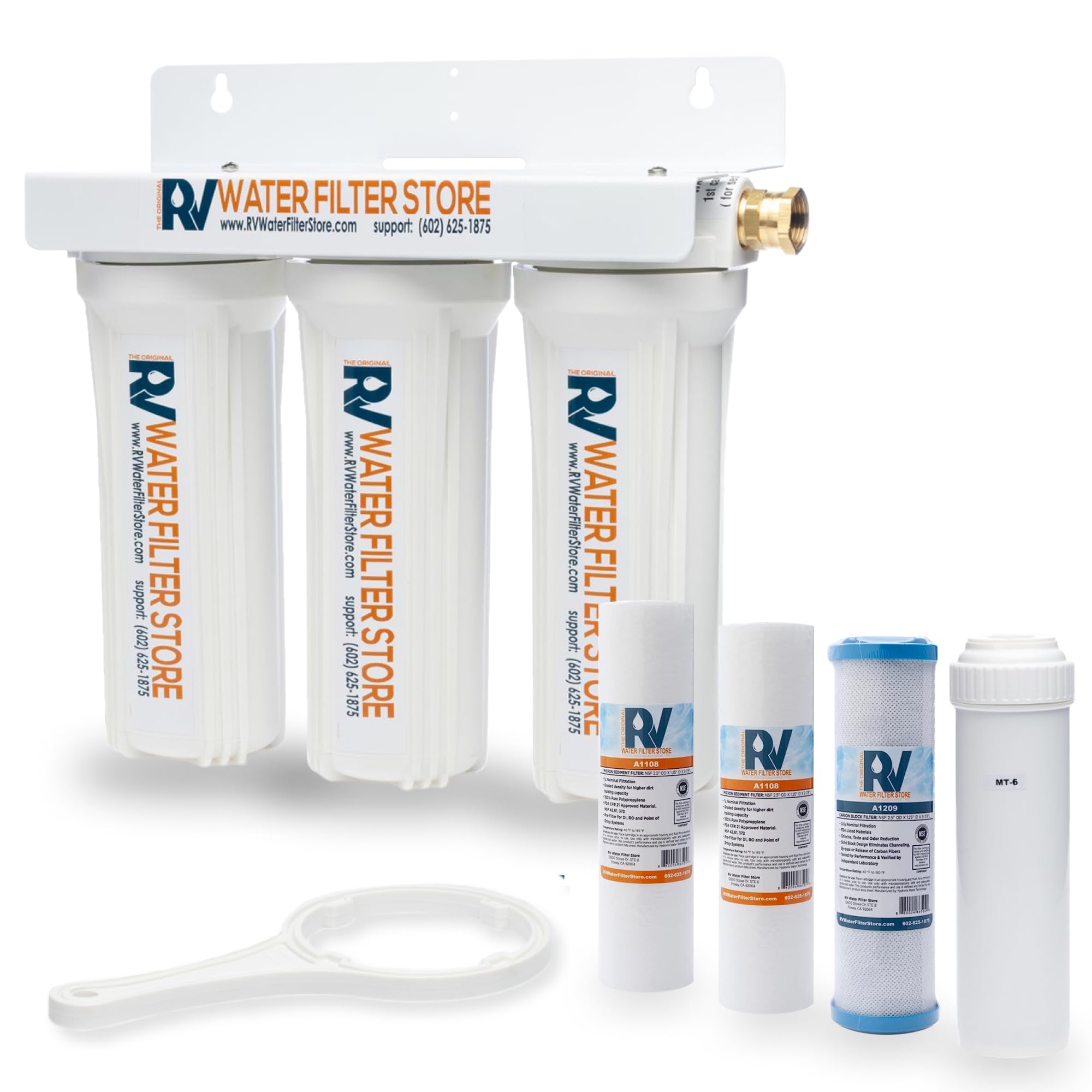

Articles
How To Store Rv Water Filter
Modified: August 19, 2024
Looking for articles on how to store RV water filter? Learn the best practices and tips for properly storing your RV water filter in this comprehensive guide.
(Many of the links in this article redirect to a specific reviewed product. Your purchase of these products through affiliate links helps to generate commission for Storables.com, at no extra cost. Learn more)
Introduction
Welcome to our comprehensive guide on how to properly store your RV water filter. If you’re an avid camper or full-time RVer, you know the importance of clean and safe water while on the road. An RV water filter plays a crucial role in ensuring that the water you consume or use for various purposes is free from contaminants.
But what about when it’s time to store your RV for the winter or take a break from your travels? It’s essential to take proper care of your water filter during periods of inactivity to ensure its longevity and efficiency. In this article, we’ll discuss why you should store your RV water filter, choosing the right storage location, preparing the filter for storage, and provide a step-by-step guide for storing it effectively.
By following these simple steps, you’ll be able to maintain the quality and functionality of your water filter, making it ready for use when you hit the road again. So, let’s dive into the details and learn how to store your RV water filter properly!
Key Takeaways:
- Properly storing your RV water filter is essential to protect it from damage, prevent contamination, maintain water quality, and save money by avoiding premature replacement.
- Choose an indoor, dry, and secure storage location, prepare the filter by removing, sanitizing, and drying it, and follow a step-by-step guide for organized storage to ensure its longevity and effectiveness.
Read more: How To Store Water Filters When Not In Use
Why Should You Store Your RV Water Filter?
Properly storing your RV water filter is essential for several reasons. Let’s explore some of the key reasons why it’s crucial to store your filter correctly:
- Protects the Filter from Damage: Storing your water filter prevents it from being exposed to potential damage. Extreme temperatures, moisture, and UV rays can harm the filter’s materials, reducing its effectiveness over time. By storing it in a safe and controlled environment, you’ll extend its lifespan and ensure it continues to provide clean water.
- Prevents Contamination: When your RV is not in use, the water filter is susceptible to contamination from dust, debris, and pests. Proper storage helps to keep the filter clean and prevents any foreign particles from entering it. This ensures that when you’re ready to use it again, the filter will function optimally and provide you with purified water.
- Maintains Water Quality: By storing your RV water filter correctly, you’re maintaining the integrity of the filtration system. When exposed to unsuitable storage conditions, the filter may become clogged or damaged, leading to compromised water quality. Storing it properly will ensure that it remains in top-notch condition, ready to deliver clean and safe water when you need it.
- Cost-Effective: RV water filters can be expensive to replace. By taking the time to store it correctly, you’re protecting your investment and avoiding the need for premature replacement. This will save you money in the long run and allow you to enjoy the convenience and benefits of your water filter for an extended period.
Now that we understand the importance of storing your RV water filter, let’s move on to the next section: choosing the right storage location.
Choosing the Right Storage Location
When it comes to storing your RV water filter, choosing the right location is crucial for its protection and longevity. Here are some factors to consider when selecting the storage location:
- Indoor Storage: Whenever possible, it’s best to store your RV water filter indoors. Indoor storage protects the filter from extreme temperature variations and prevents exposure to direct sunlight. A climate-controlled area such as a basement or garage is ideal for maintaining stable storage conditions.
- Away from Moisture: Moisture can negatively impact the performance of your water filter. Therefore, it’s essential to store it in a dry location to prevent the growth of molds, mildew, and bacteria. Avoid storing it in areas prone to leaks or dampness, such as near water heaters or in basements with water seepage issues.
- Avoid High-Traffic Areas: Choose a storage location that is away from high-traffic areas or areas where it might be accidentally bumped or knocked over. Keeping it in a secure and stable spot will prevent any potential damage to the filter itself.
- Consider Height: Store your water filter at an appropriate height to avoid any potential damage or interference from other items. Placing it on a shelf or hanging it on a wall hook can help keep it out of harm’s way.
- Protection from Pests: Make sure the storage location is free from pests, such as rodents or insects, that could damage the filter or contaminate it with their droppings. Ensure that the area is adequately sealed to prevent any unwanted visitors.
By considering these factors and finding the right storage location for your RV water filter, you’ll ensure its safety and maintain its functionality for future use. Now that you’ve chosen the ideal location, let’s move on to the next step: preparing the filter for storage.
Preparing the Filter for Storage
Before you store your RV water filter, it’s essential to properly prepare it to ensure its longevity and effectiveness. Here are the steps to follow:
- Remove the Filter Cartridge: Start by removing the filter cartridge from the filter housing. Carefully disassemble the filter according to the manufacturer’s instructions, taking note of the sequence and orientation of the components.
- Flush the Filter: Rinse the filter cartridge with clean, running water to remove any debris or sediment. This will help prevent clogs and prolong the lifespan of the filter.
- Sanitize the Filter: Depending on the type of filter you have, you may need to sanitize it before storage. Consult the manufacturer’s instructions for the appropriate sanitization method. This step helps kill any residual bacteria or contaminants in the filter.
- Dry the Filter: Ensure that the filter cartridge is thoroughly dry before storing it. Excess moisture can promote the growth of mold or mildew, potentially damaging the filter. Allow it to air dry completely or use a clean cloth to remove any remaining moisture.
- Inspect for Damage: Take a close look at the filter cartridge and housing for any signs of damage or wear. Check for cracks, leaks, or any other issues that may affect the filter’s performance. If you notice any problems, address them before storing the filter or consider replacing any faulty components.
By following these steps, you’ll ensure that your RV water filter is properly prepared for storage. Now that the filter is ready, let’s move on to the next section: the step-by-step guide for storing the RV water filter.
When storing an RV water filter, make sure to clean and dry it thoroughly before storing it in a cool, dry place. This will help prevent mold and bacteria growth.
Step-by-Step Guide for Storing RV Water Filter
Now that you’ve prepared your RV water filter for storage, it’s time to follow a step-by-step guide to ensure it is stored properly. Here’s what you need to do:
- Find a Suitable Container: Look for a clean and airtight container that can accommodate your water filter and its components. This can be a plastic storage bin or a sealable bag specifically designed for filter storage.
- Place the Filter Cartridge: Gently place the dry and sanitized filter cartridge into the container. Make sure it fits properly and doesn’t get crushed or damaged during storage.
- Add Any Additional Components: If your RV water filter has additional components such as O-rings or fittings, place them in the container as well. It’s crucial to keep all the necessary parts together for easy retrieval when it’s time to reinstall the filter.
- Seal the Container: Once everything is inside the container, seal it tightly to prevent dust, moisture, or pests from entering. Ensure that the container is completely closed to maintain a controlled environment.
- Label the Container: To easily identify the container in the future, label it with the name of the filter and the date of storage. This will help you keep track of when the filter was last stored and facilitate proper rotation if you have multiple filters.
- Store in a Designated Location: Find a designated storage area that meets the criteria we discussed earlier, such as a dry, indoor location away from excessive heat or cold. Place the container in this location, ensuring it is secure and won’t get accidentally bumped or knocked over.
By following these steps, you’ll store your RV water filter in a safe and organized manner, ready for future use. Now that you know how to store the filter, let’s explore some additional tips for proper storage.
Read more: How To Prime A Rv Water Pump
Additional Tips for Proper Storage
To ensure the longevity and effectiveness of your RV water filter during storage, here are some additional tips to keep in mind:
- Keep Storage Area Clean: Regularly clean the storage area to prevent dust and dirt buildup. A clean environment will help maintain the filter’s cleanliness and prevent any potential contamination.
- Monitor Temperature and Humidity: If possible, use a temperature and humidity monitor in the storage area to ensure that the conditions remain within the recommended range. Extreme temperature fluctuations or high humidity can lessen the effectiveness of the filter.
- Check for Expiration: If your water filter has an expiration date, make a note of it and monitor the storage time. Replace the filter before its expiration to ensure optimal performance and filtering capability.
- Create a Storage Schedule: If you have multiple filters or other RV equipment that requires storage, create a storage schedule to keep track of when each item was stored and when it needs to be retrieved and used again. This will help you stay organized and ensure timely maintenance.
- Regularly Inspect the Filter: Even during storage, periodically check the condition of the filter, especially if stored for an extended period. Look for any signs of damage or wear, and address any issues promptly to avoid potential problems down the line.
- Follow Manufacturer’s Instructions: Always follow the manufacturer’s instructions when it comes to storing your specific RV water filter. They may provide additional guidelines or specific recommendations that are essential for proper storage.
By implementing these additional tips, you’ll maximize the lifespan of your RV water filter and ensure it remains in top-notch condition for future use. Now, let’s wrap up our guide on storing your RV water filter.
Conclusion
Properly storing your RV water filter is crucial for maintaining its longevity and ensuring the availability of clean and safe water on your future travels. By following the steps outlined in this guide, you can effectively store your filter and protect it from damage, contamination, and premature wear.
Remember to choose the right storage location, away from extreme temperatures and moisture, and consider the height and protection from pests. Take the time to prepare the filter by removing and sanitizing the cartridge, ensuring it’s completely dry before storage.
Follow the step-by-step guide for storing your RV water filter, using a suitable container and properly sealing it for protection. Label the container for easy identification and store it in a designated location.
Additionally, keep in mind the tips for proper storage, such as maintaining a clean storage area, monitoring temperature and humidity, checking for expiration dates, and regularly inspecting the filter.
By taking these measures, you’ll preserve the quality and functionality of your RV water filter, saving money in the long run and ensuring that you have access to clean and safe water wherever your RV adventures take you.
So, whether you’re storing your filter for the winter or taking a break from your travels, remember to store your RV water filter properly. With proper storage, you’ll have peace of mind knowing that you’re maintaining the effectiveness of your water filtration system and ensuring the health and safety of your water supply.
Frequently Asked Questions about How To Store Rv Water Filter
Was this page helpful?
At Storables.com, we guarantee accurate and reliable information. Our content, validated by Expert Board Contributors, is crafted following stringent Editorial Policies. We're committed to providing you with well-researched, expert-backed insights for all your informational needs.

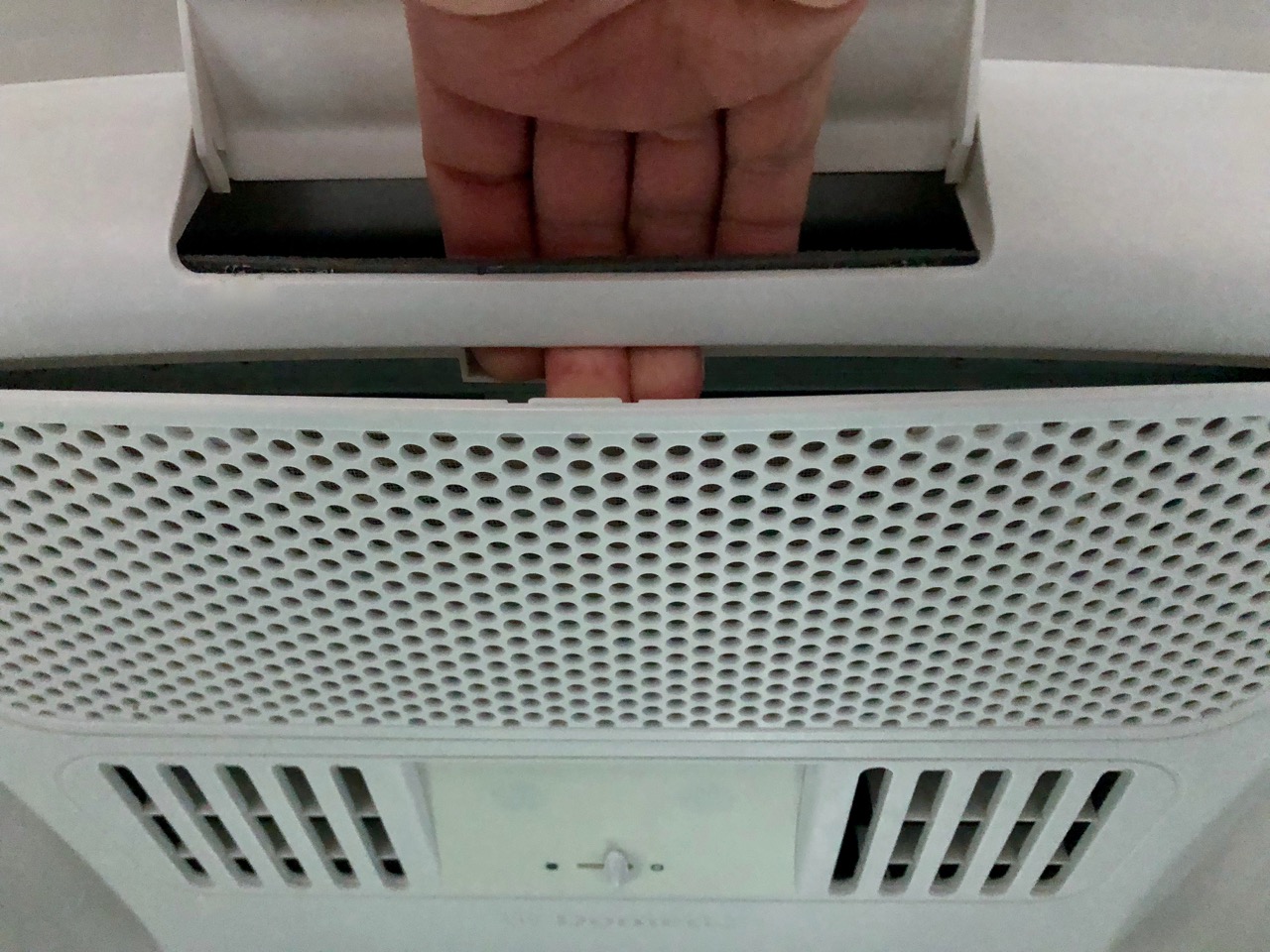
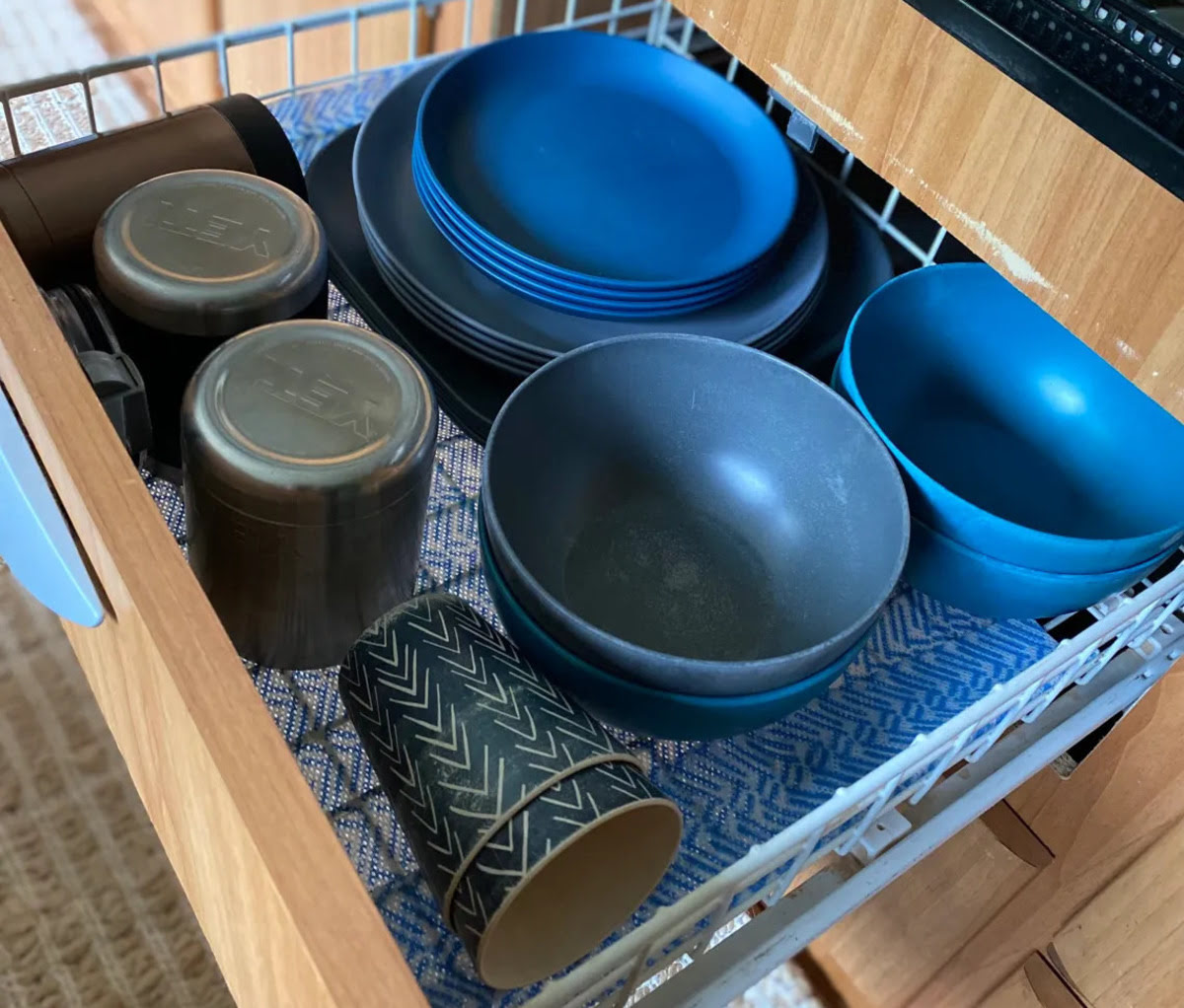
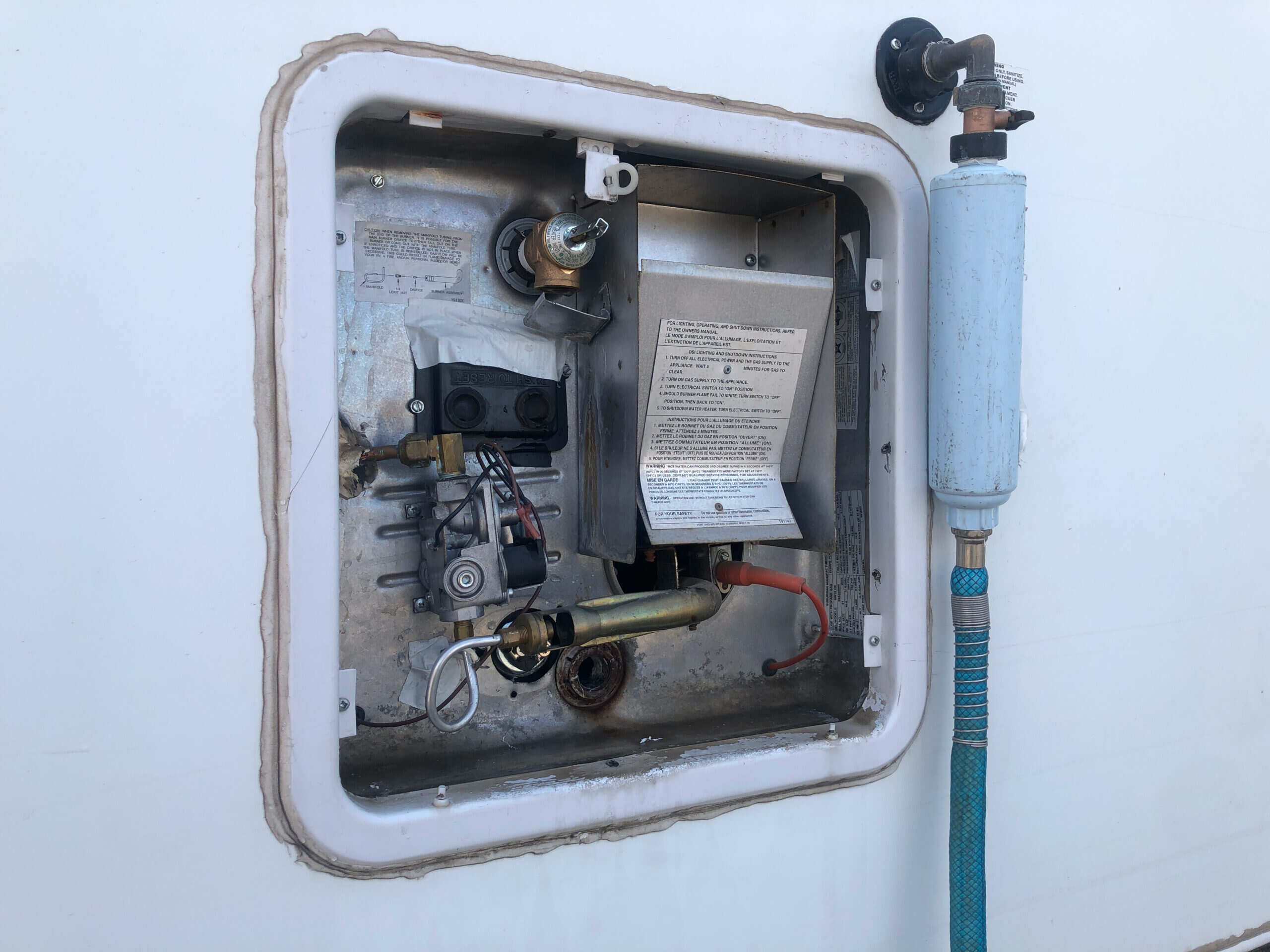
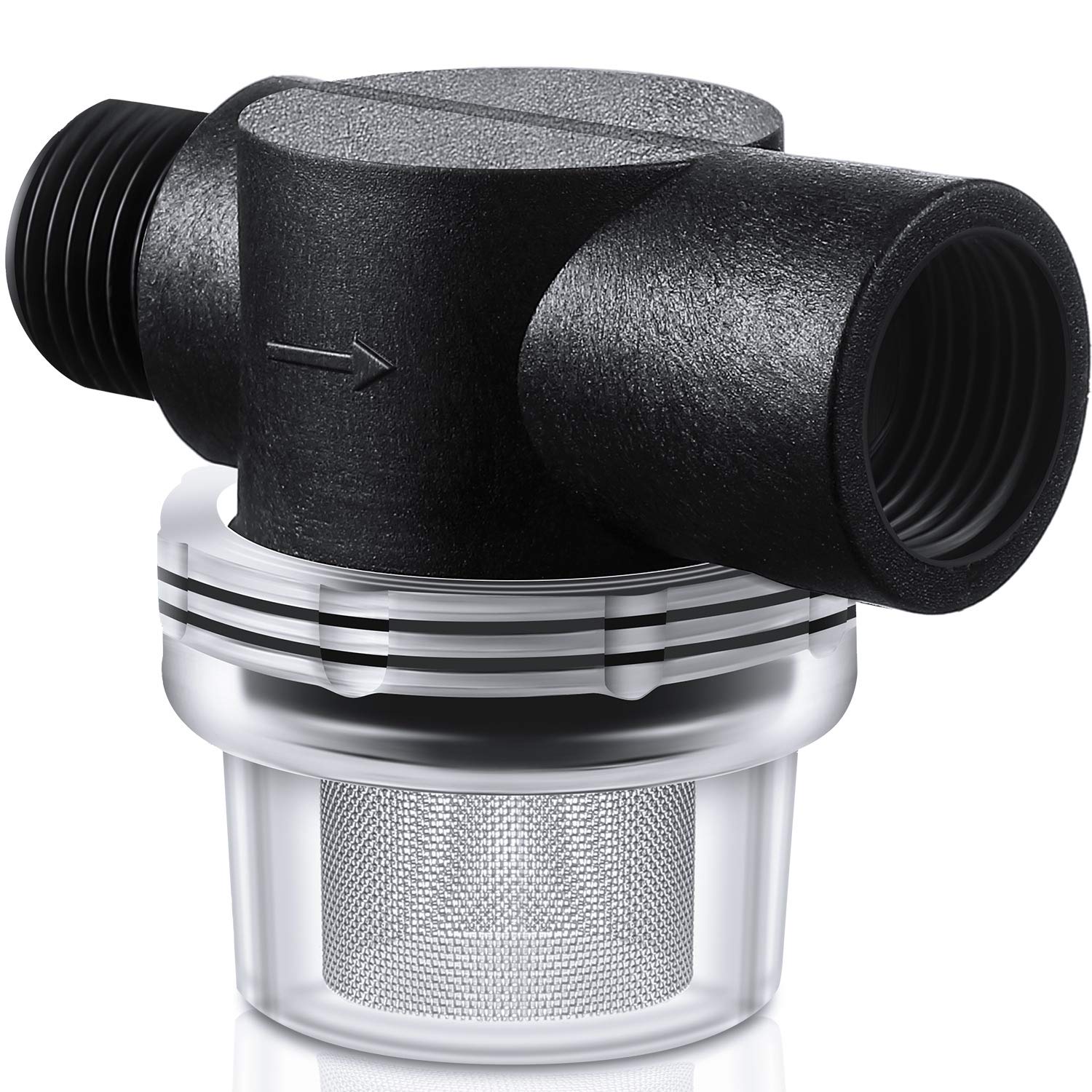
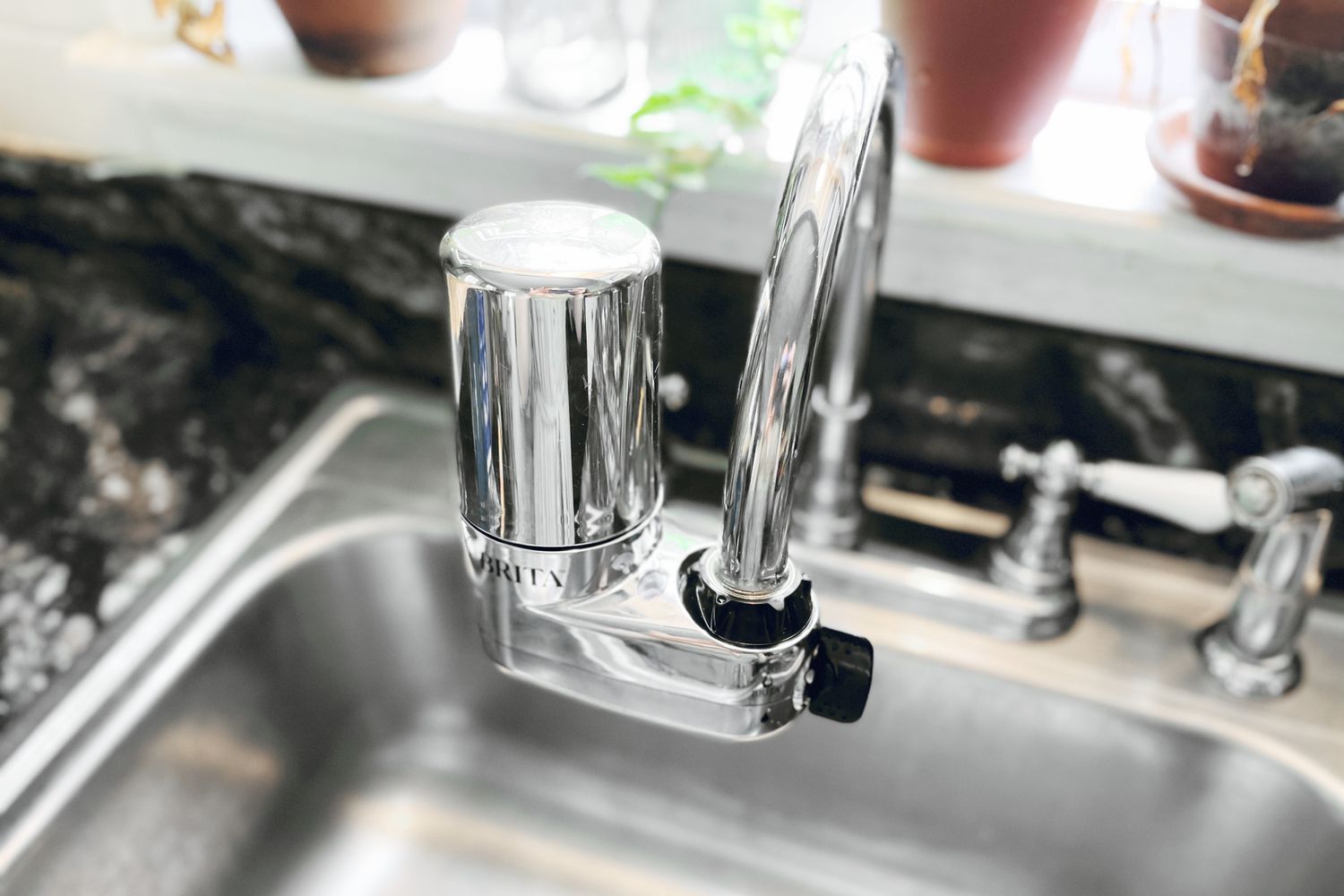
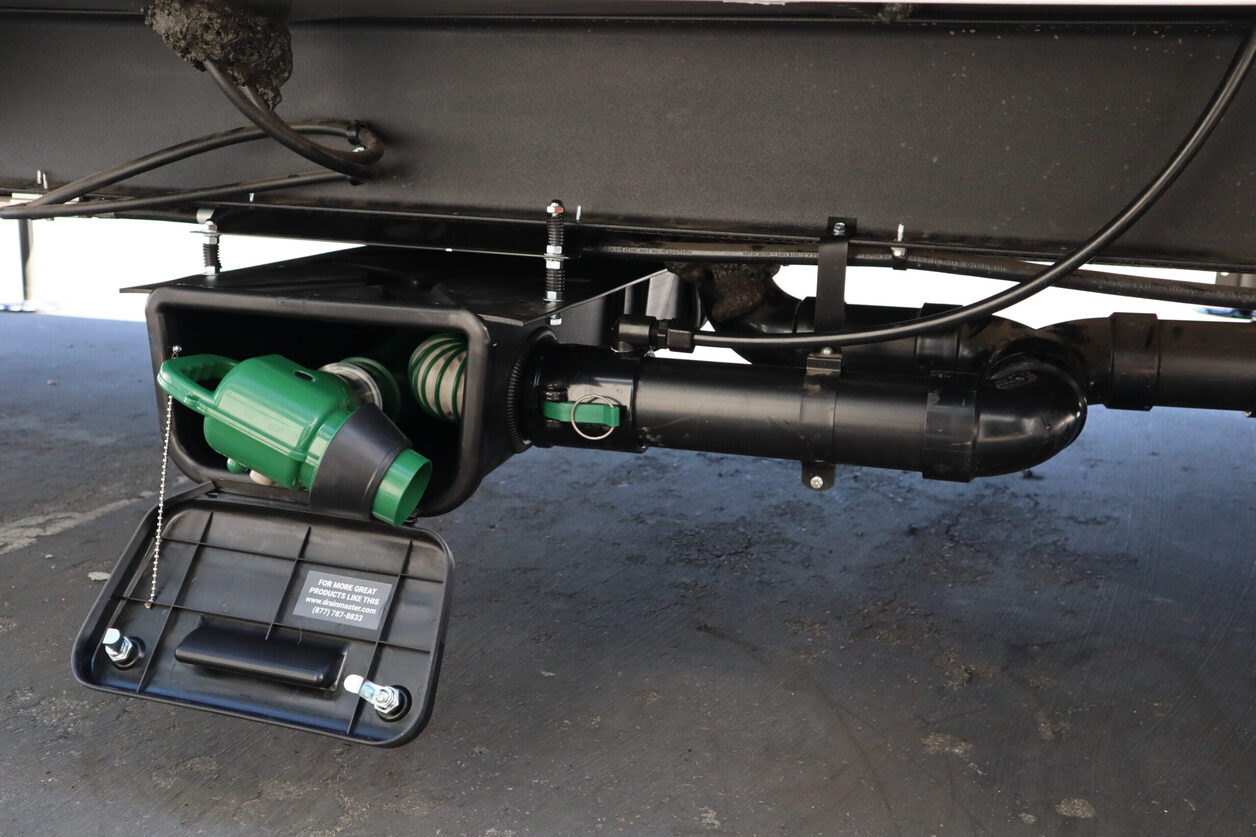
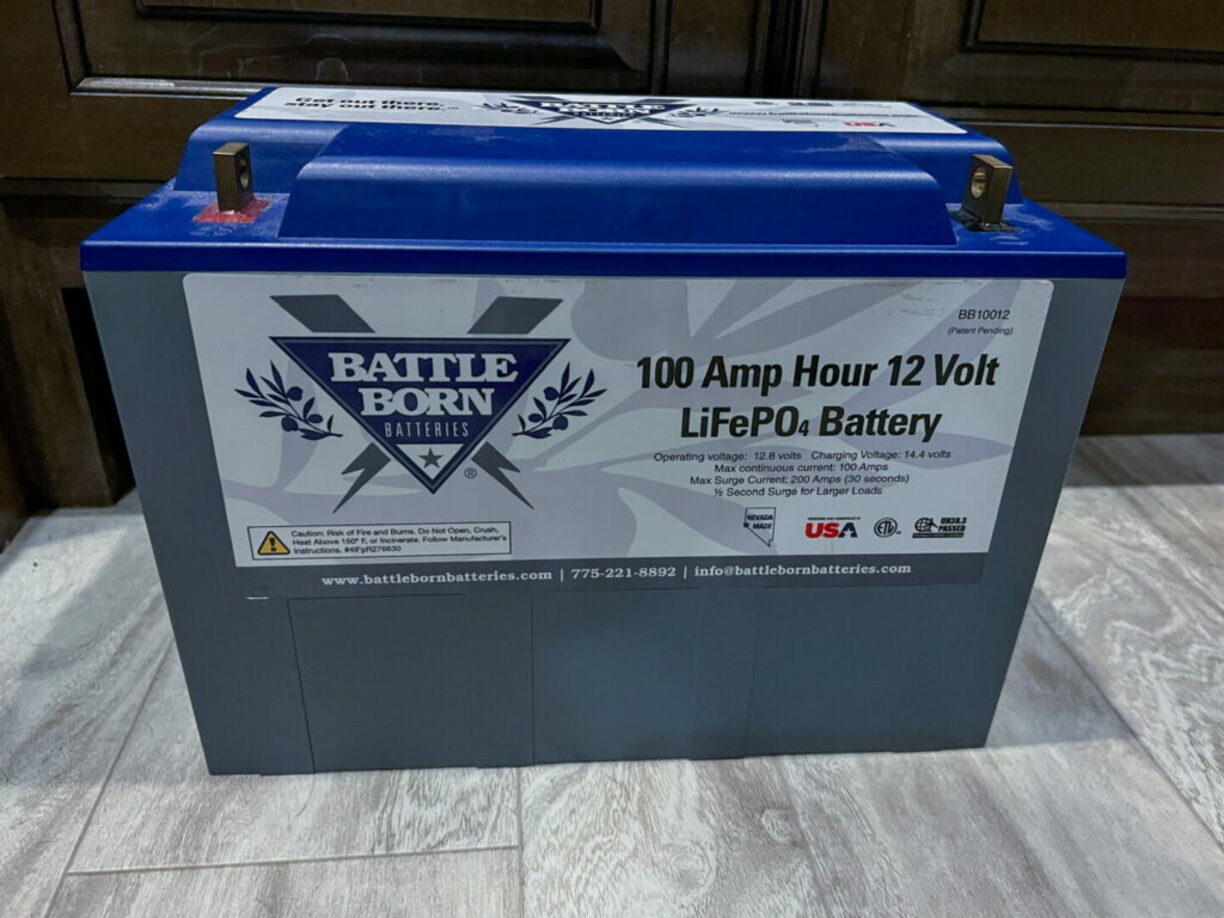
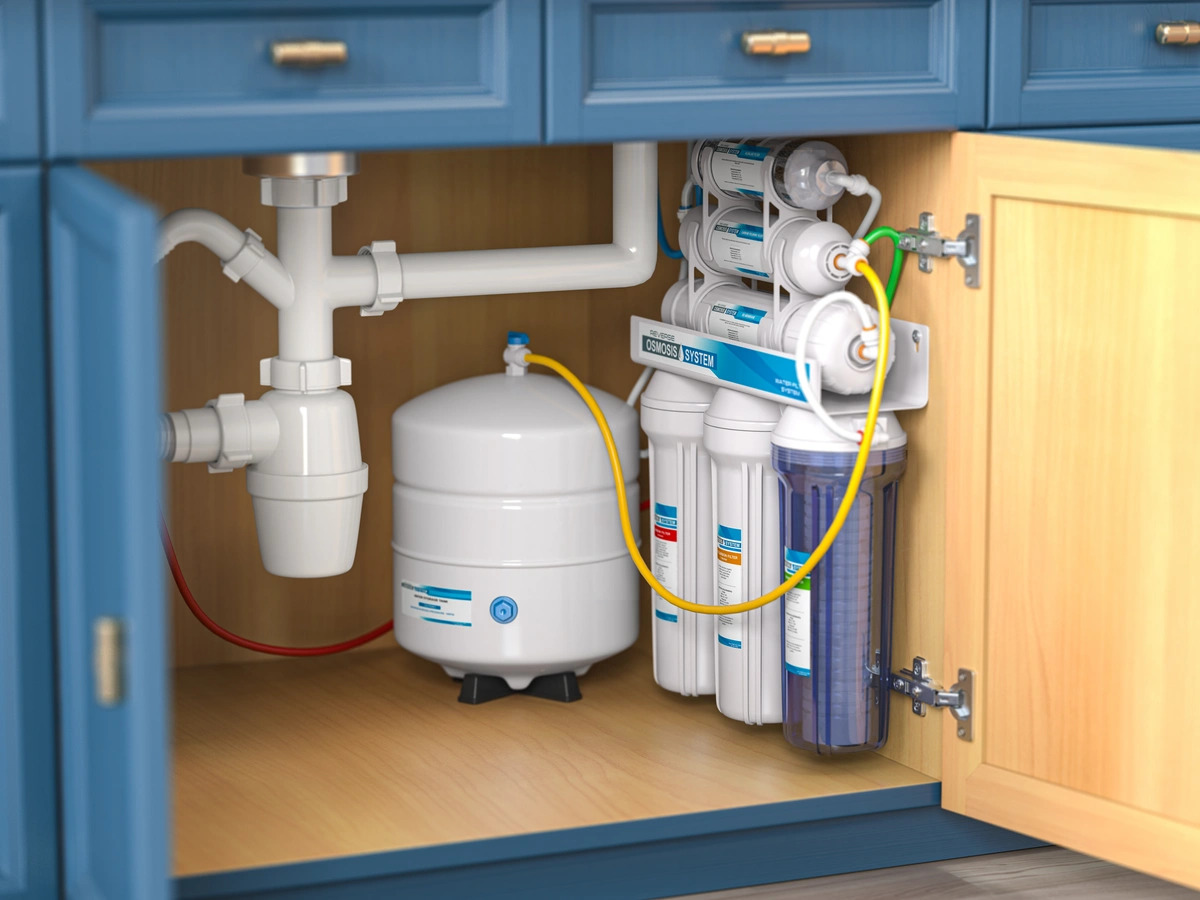
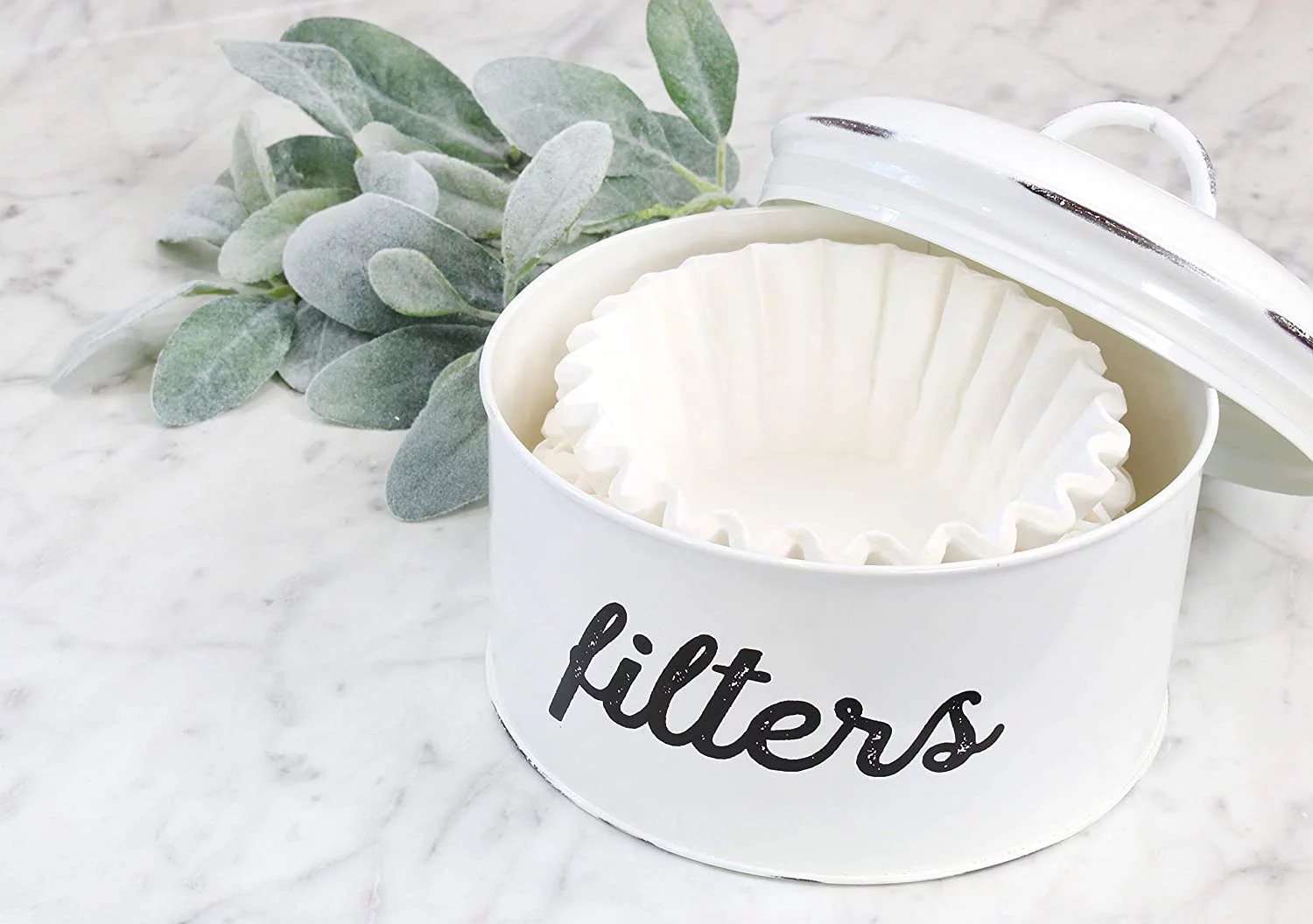
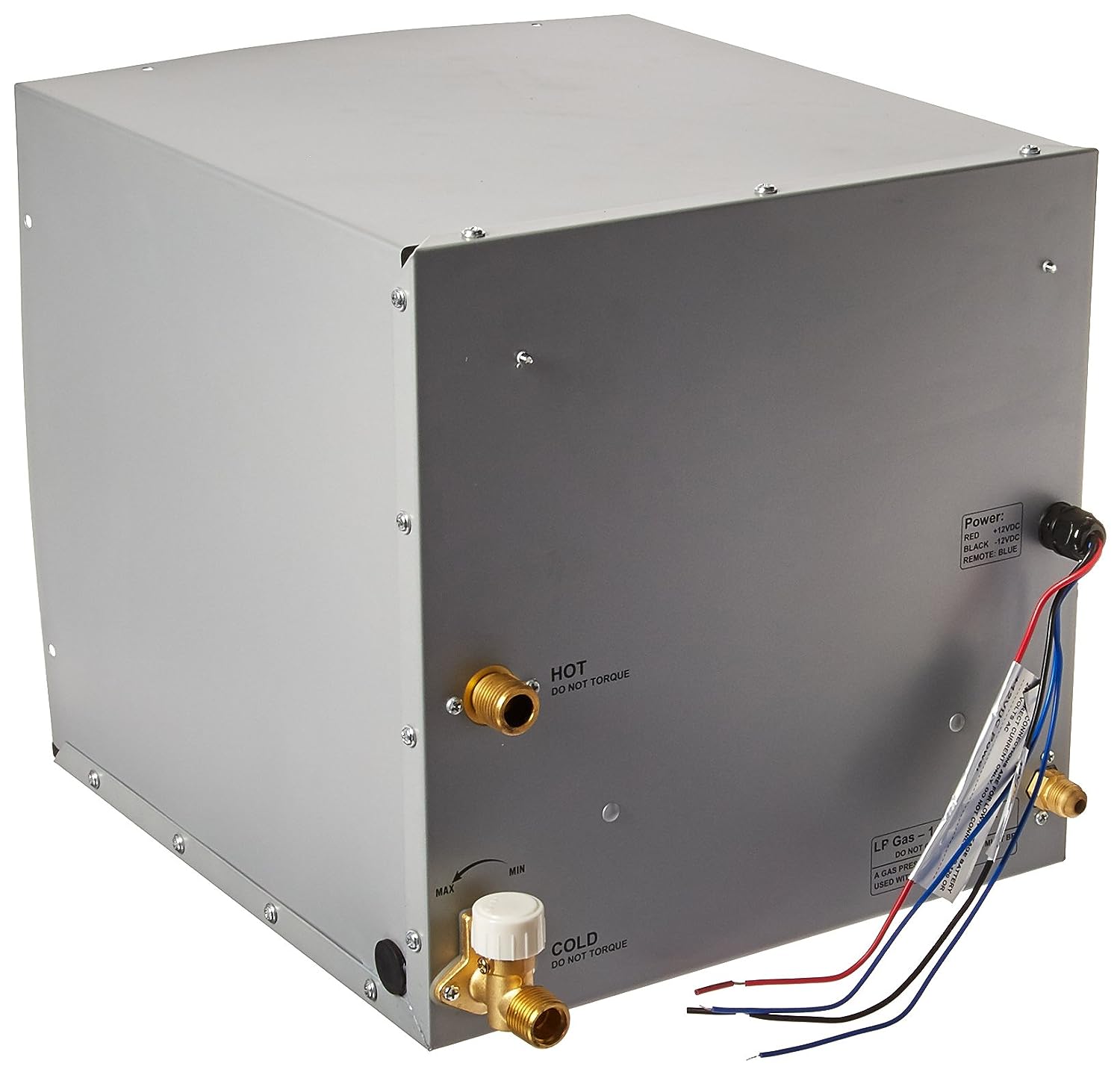
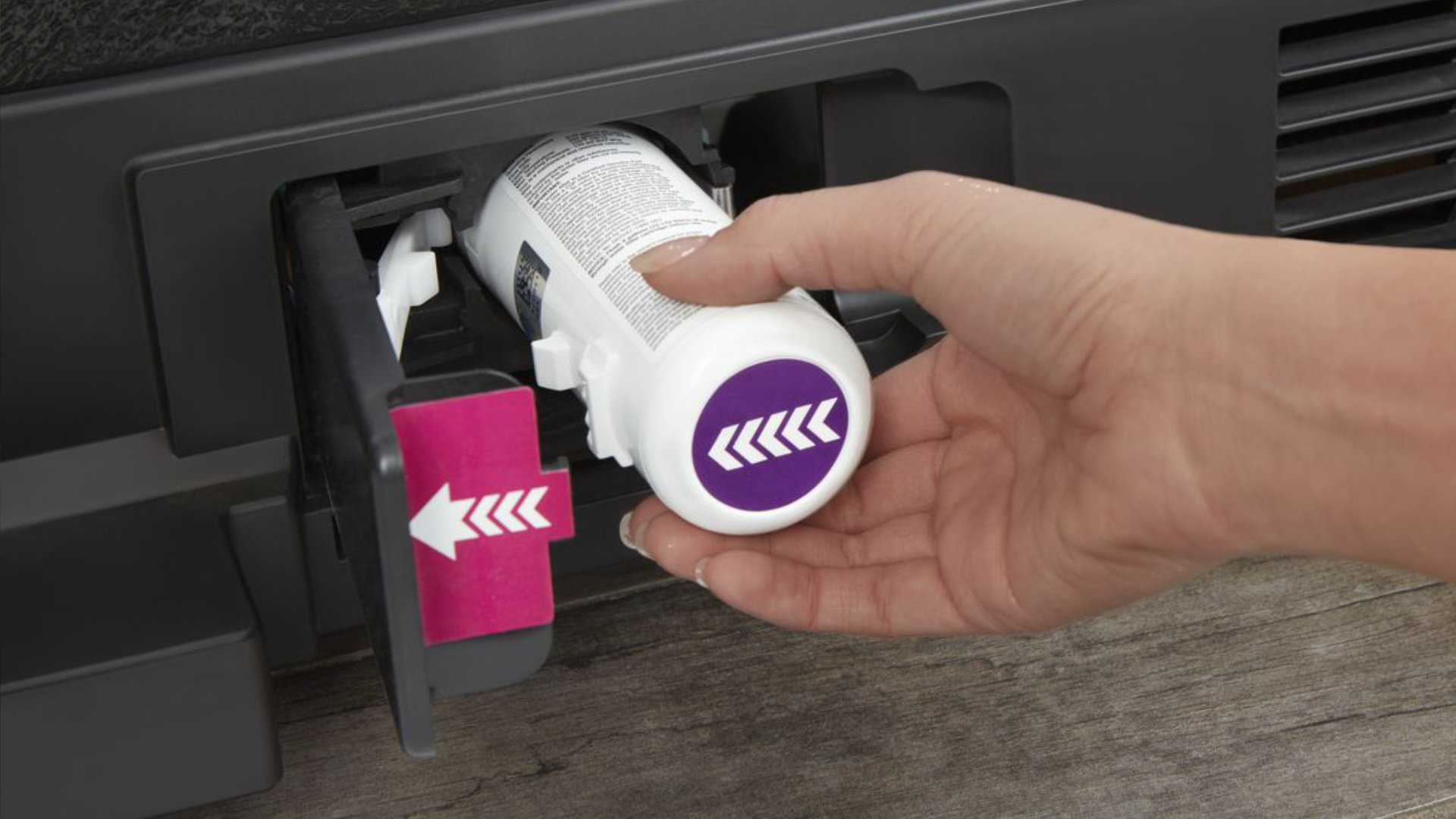
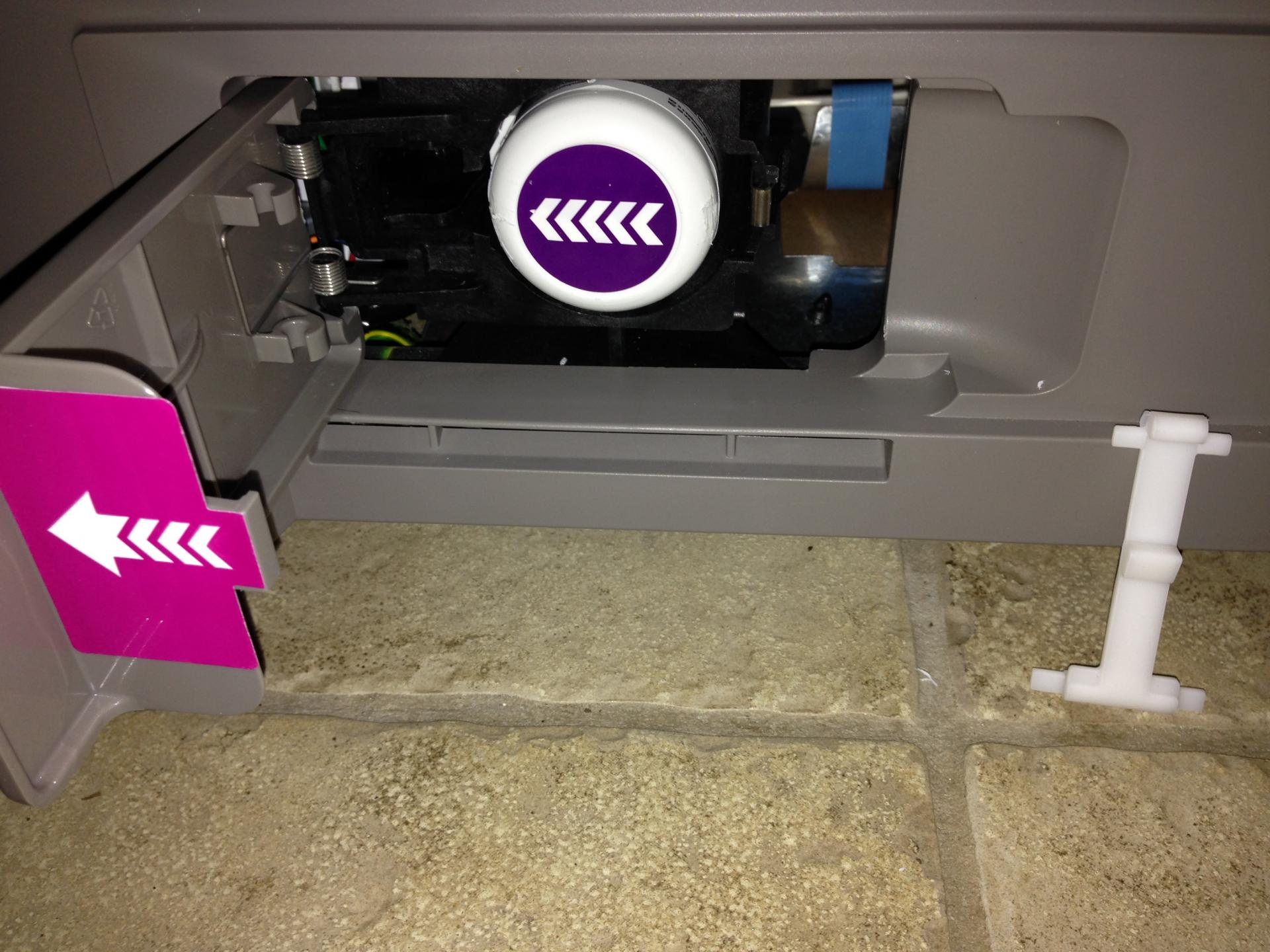
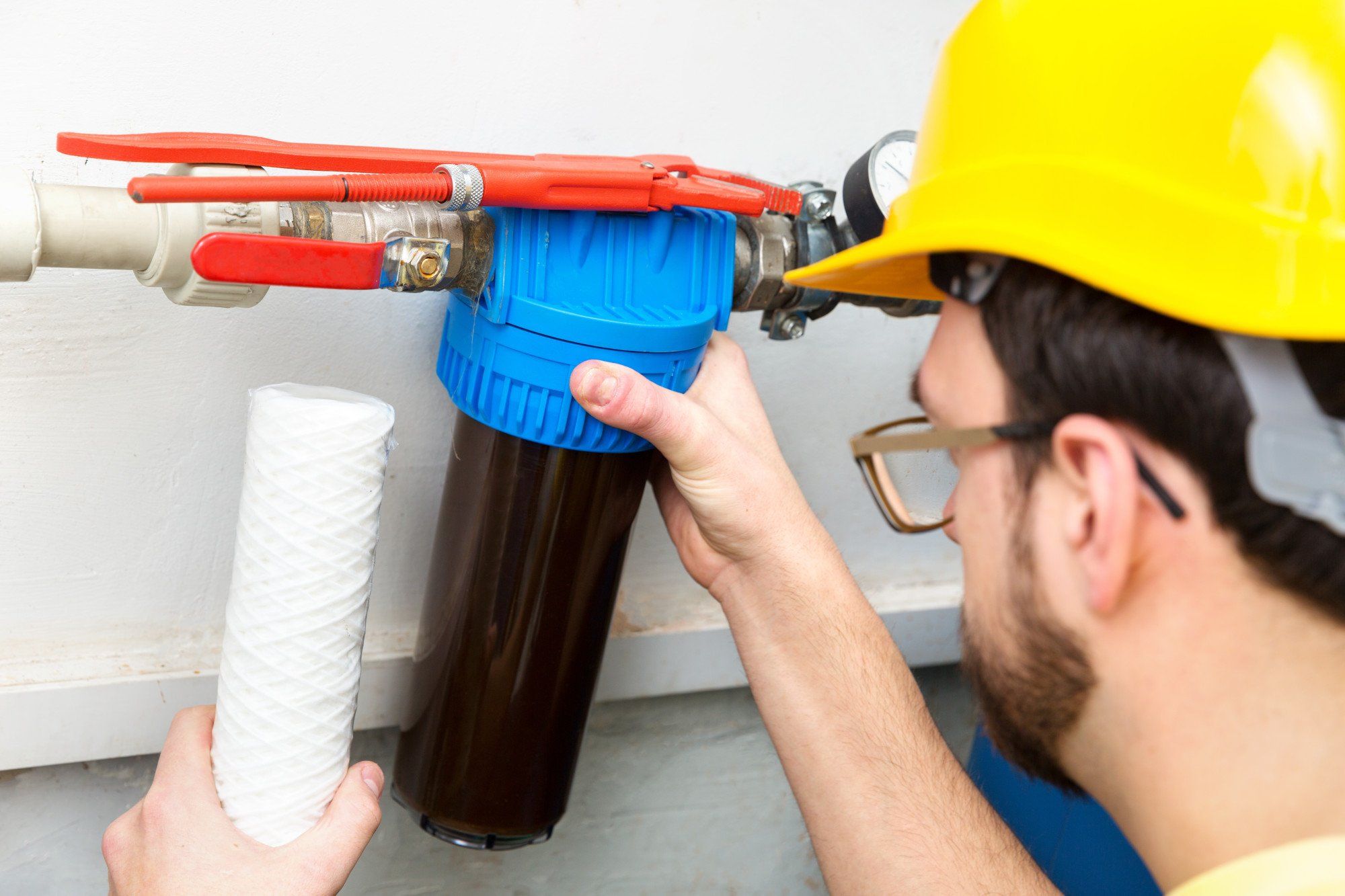

0 thoughts on “How To Store Rv Water Filter”